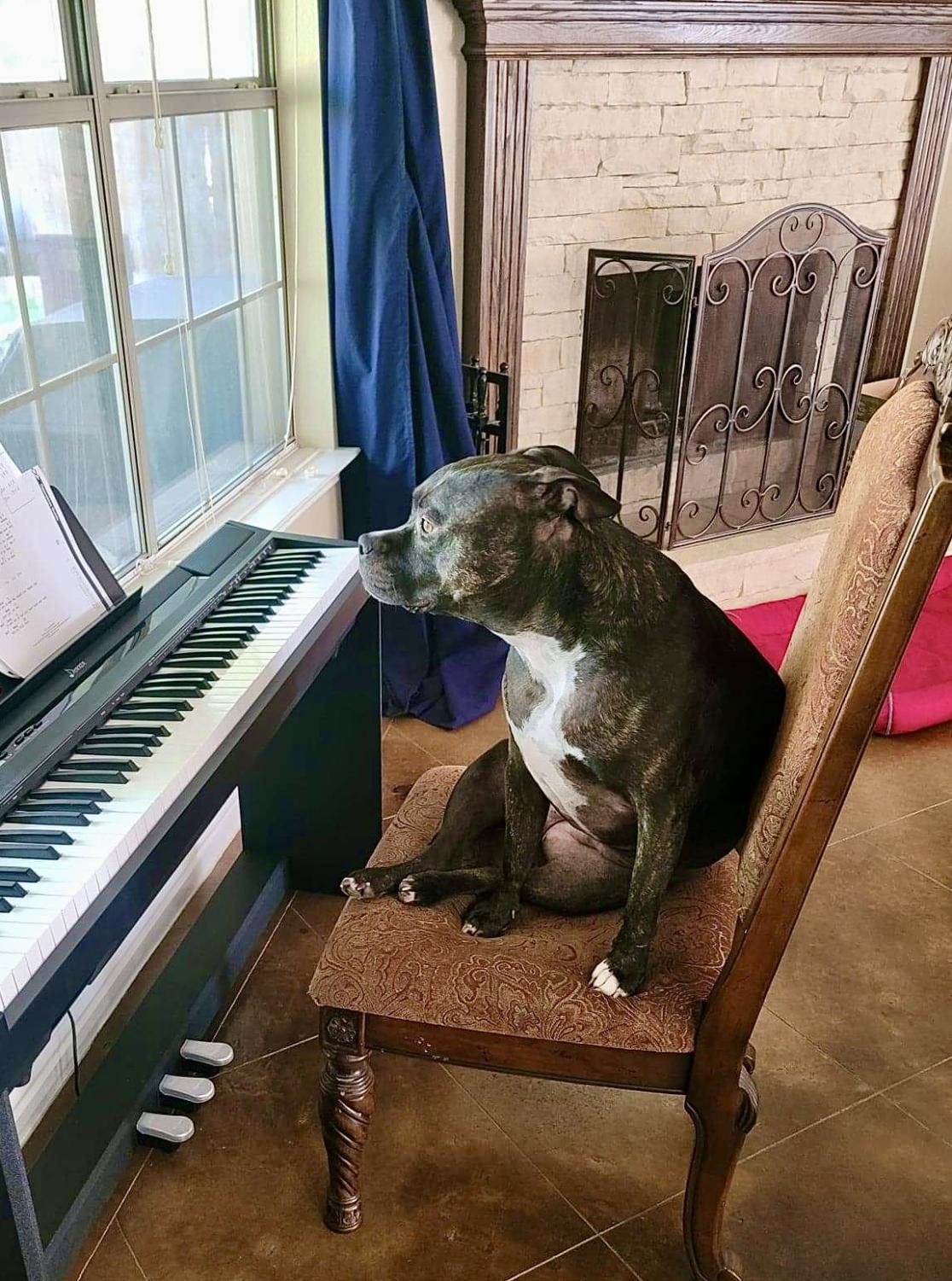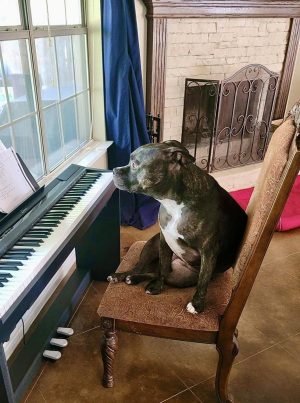Dogs: Cuddlers or Killers?
The typical stereotype of “aggressive” dog breeds is one of being vicious, cold-blooded killers.
As an owner of two pit bulls, some of my extended family members prefer for them to be kenneled when they visit. Despite the fact that my dogs have never hurt anyone, and are absolutely adored by the majority of our house guests.
Large, strong dog breeds aren’t scary or vicious, just misunderstood.
There is an overwhelming abundance of factual proof to dispute negative ideas about these breeds having more aggressive tendencies than any other dog.
For example, the ASPCA (American Society for the Prevention of Cruelty to Animals) released its position statement on pit bulls, a breed that often falls victim to this negative stereotyping, in which they claim that, “The simple fact is that dogs of any breed can become dangerous when they’re intentionally or unintentionally raised to be aggressive. All dogs, including pit bulls, are individuals. Treating them as such, providing them with the care, training, and supervision they require, and judging them by their actions and not by their DNA or their physical appearance is the best way to ensure that dogs and people can continue to share safe and happy lives together.”
Their history has proven that these animals collectively have many redeeming qualities.
In the early 2000s, the nickname “Nanny Dog” was used to describe people’s dogs, because they trusted and rely on them to watch over their children. Although this is not practiced commonly today, parents shouldn’t leave their infant children with dogs.
Additionally, because of their courage and loyalty, pit bulls have even served as mascots for the U.S. military.
The most well-known of these would probably be Sergeant Stubby, who was famous in WWI for staying by the side of wounded soldiers on the battlefield.
Another aggressive breed, Rottweilers, had a history of herding cattle shortly after the collapse of the Roman empire in the German town of Rottweil, hence their name Rottweiler. However, after the 1800s with the rise of railroad cattle cars, they found new roles as police dogs and personal protectors. In fact, they were one of the first breeds of service dogs for blind people.
Another large, sometimes considered to be an aggressive dog breed that is well known for helping out law enforcement is the German Shepherd. Originating in Germany in the 1800s, these responsive, obedient dogs were bred to herd sheep and protect flocks from dangerous predators.
Finally, Bullmastiffs were crossbred in 1860s England as a hybrid between a Mastiff with a Bulldog.
While they were trained to guard people’s land against poachers, they were also trained not to bark or bite the intruders, but rather quietly detain or hold them down. This was because wealthy landowners didn’t want their dogs to scare away or injure the thieves.
While aggressive breeds do make the news occassionally for a violent attack, they have also been featured for heroic acts.
In 2018, an 8-month-old pit bill in California saved the life of a baby less than a year old from a fire by pulling it by its diaper.
Haus, a German Shepherd rescue from Tampa, Florida saved his seven-year-old family member from a lethal snake bite. The snake bit him three times, but Haus recovered after a week in the ICU.
Another dog rescue happened in 1991, when Katie Vaughn, a paralyzed 41-year-old woman, was saved by her Rottweiler, Eve, when the engine of Vaughn’s car caught fire. Although Eve suffered minute burns on her paw pads, Vaughn was dragged out of the vehicle before it caught flame and came out unscathed.
Dog bite statistics point to hostile tendencies in larger, stereotypically aggressive dog breeds, with pit bulls sitting at 65.6% while Rottweilers are at 10%.
However, according to a peer-reviewed study published by the Journal of American Veterinary Association, media reports of pit bulls have breed identification errors of 40%.
These errors are prevalent when looking at other dog breeds as well, especially since visual rather than DNA identification is often used when reporting a dog bite or attack incident.
All dog breeds have the potential to make great pets, as they are caring, affectionate, and loyal companions.
Resources used in this article:
https://www.newsweek.com/pit-bull-myths-facts-history-dogs-pets-1567290
https://www.foxnews.com/us/pit-bull-saves-family-from-house-fire-pulls-7-month-old-girl-by-her-diaper
https://www.mkplawgroup.com/dog-bite-statistics/
https://www.aspca.org/about-us/aspca-policy-and-position-statements/position-statement-pit-bulls
https://www.avma.org/resources-tools/literature-reviews/dog-bite-risk-and-prevention-role-breed
https://atts.org/breed-statistics/statistics-page1/
https://www.ncbi.nlm.nih.gov/pmc/articles/PMC6107223
https://www.akc.org/dog-breeds/rottweiler/
https://www.akc.org/expert-advice/lifestyle/7-bullmastiff-facts/
https://www.petbacker.com/blog/facts/top-10-most-inspiring-hero-dogs
https://germanshepherdshop.com/blogs/list/5-german-shepherd-heroes-who-lived-to-tell-about-it
Your donation will support the student journalists of Joshua High School. Your contribution will allow us to purchase equipment and cover our annual website hosting costs.

Hello! I'm Brooklyn :) I enjoy reading, writing poetry, and watching Tim Burton movies. I also run the 400-meter dash for the track team and have a major...


































